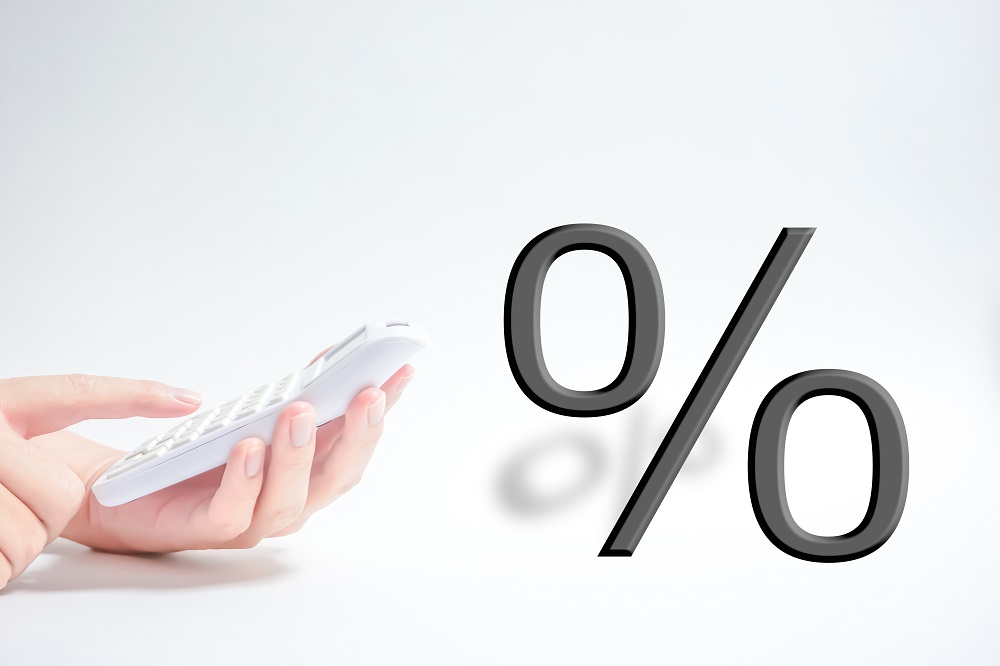
Loan-to-value ratios are an important metric for investor real estate loans in Texas and other states. LTVs determine the amount of the loan by comparing the value of the property involved. As a real estate investor, you need to be familiar with loan-to-value ratios. Here is a guide that will help you understand the basics.
What LTV Is
Loan-to-value ratios are used by investors like you and financial institutions when processing mortgages, investor loans, or refinancing to determine whether to go forward with a loan or not. The LTV can show lenders how much risk may be involved in the investment and show investors the amount of equity you will get from the involved property. Equity refers to how much of a property you own, which is expressed as a percentage on the loan. In essence, equity is the amount you would get if you sold your property minus the amount you need to spend repaying your loan.
A high loan-to-value ratio is an excellent investor loan source that can be used to define the specifications of real estate loans, mortgages, or refinancing options. LTVs are often viewed as a benchmark for how likely payments will be made. If the LTV is too high, there are ways the ratio can be lowered. The most common way to lower an LTV ratio for investor loans is to increase the down payment.
Calculating Loan-to-Value Ratios
The calculation for loan-to-value ratios is simple. You divide the amount of the loan by the purchase price of the property, then convert the sum to a percentage. You should look at how the value of a loan compares to the purchase price or appraisal value of the property. To get a better understanding of this process, use an LTV real estate calculator. This calculator lets you figure out the variables of a real estate investor loan and make note of all possible loan-to-value ratios.

What Makes a Good Loan-to-Value Ratio?
According to the calculations, the higher the LTV ratio, the more you will pay on the property, and the lower the LTV, the less you will pay. This means that a good LTV will have a lower ratio, and there will be more equity on the property. A higher LTV can still be good, though the interest rate may be higher as well. Overall, there isn’t a specific ratio that is good, per se, but there are limits and ranges you can use when considering a specific loan.
Conforming Loan-to-Value Ratios
A conforming LTV ratio is related to mortgages on personal properties, which is regulated by the Federal Housing Financing Agency. Conforming LTVs vary depending on the number of units in a residence. The ratio will be lower for non-owner-occupied properties and commercial properties (properties with more than four units).
Nonconforming Loan-to-Value Ratios
Nonconforming LTV ratios are used by private lenders who manage real estate loans online. These loans don’t conform to government guidelines. Nonconforming LTVs vary based on the investor’s credit score and the terms of the loan. Private lenders willingly take added risks by lending to investors with poor credit and high LTVs. In exchange, lenders receive higher interest rates on the loan.
Investor Loan Source can give you more insights on loan-to-value ratios. Visit us today at our Houston or El Campo, Texas locations, email us at [email protected], or call us at 409-735-6267.
